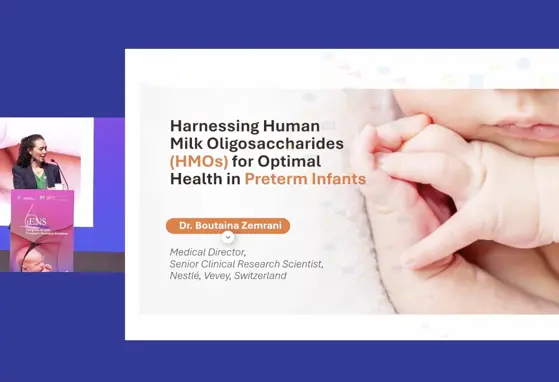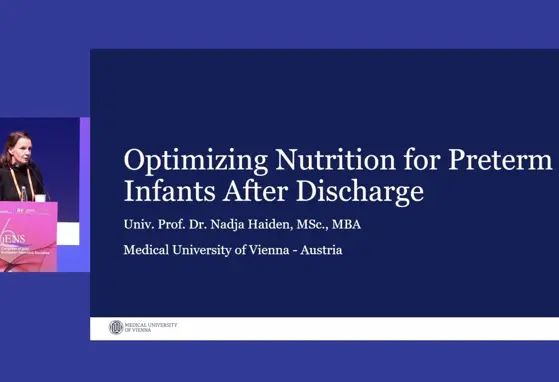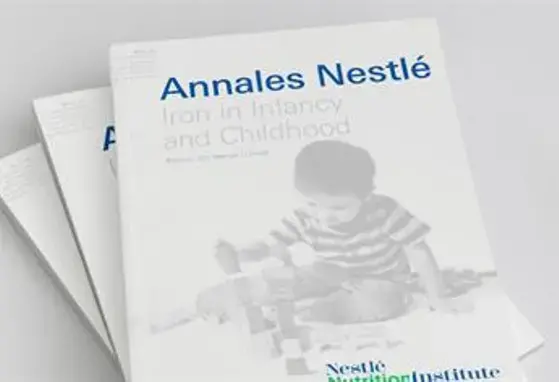Low Birth Weight
Premature, small for gestational age and low birth weight babies are an important public health concerns, especially in developing countries.This section covers the importance of using different nutrition approaches when managing low birth weight. It also brings extensive information on the nutritional requirements and adequate interventions recommended to ensure the best possible outcomes.

Prevention of SGA - Preterm by Maternal Treatment with Antibiotics during Pregnancy

Identifying the High Risk Pregnancy: When to Refer

Not too much, not too little: What do we know about appropriate infant feeding?

Partially Hydrolyzed Formulas in the Management of GI Disorders in Infants


Biomarkers Indicating Risk and Long-term Outcome in Premature Infants

Nutritional Support of the Preterm Neonate: Human Milk Fortification

Probiotics Supplementation in Preterm Neonates - What lies Ahead?


